疑问句思维导图
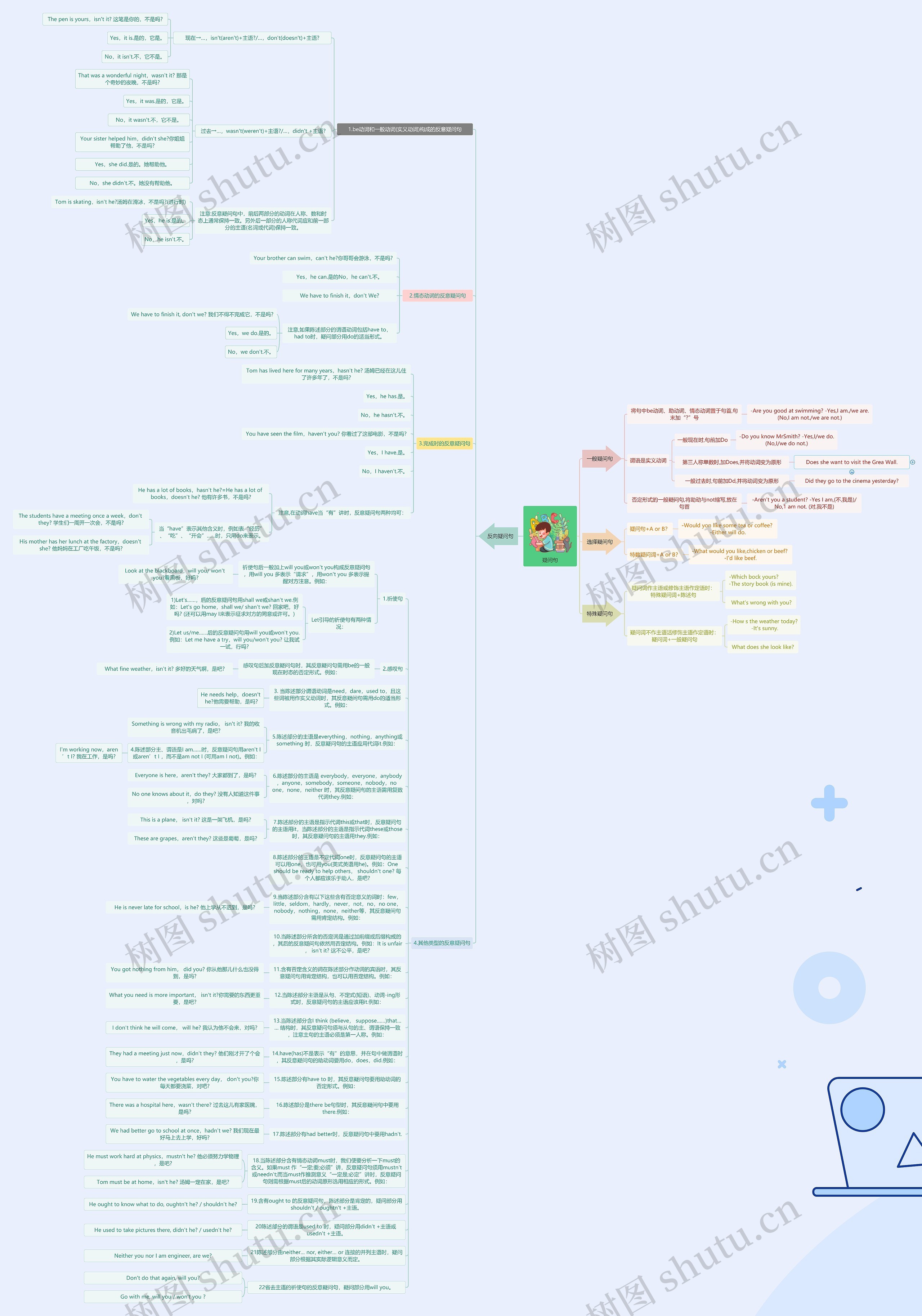
本导图描述的是疑问句的语法点。
树图思维导图提供 疑问句 在线思维导图免费制作,点击“编辑”按钮,可对 疑问句 进行在线思维导图编辑,本思维导图属于思维导图模板主题,文件编号是:27524915573bb9130bf3cb22d37769c7
思维导图大纲
疑问句思维导图模板大纲
一般疑问句
将句中be动词、助动词、情态动词置于句首,句末加“?”号
-Are you good at swimming? -Yes,I am./we are.(No,I am not./we are not.)
谓语是实义动词
一般现在时,句前加Do
-Do you know MrSmith? -Yes,I/we do.(No,I/we do not.)
第三人称单数时,加Does,并将动词变为原形
Does she want to visit the Grea Wall.
一般过去时,句前加Dd,并将动词变为原形
Did they go to the cinema yesterday?
否定形式的一般疑问句,将助动与not缩写,放在句首
-Aren't you a student? -Yes I am,(不,我是)/No,1 am not. (对,我不是)
选择疑问句
疑问句+A or B?
-Would yon like some tea or coffee? -Either will do.
特数疑问词+A or B?
-What would you like,chicken or beef? -I'd like beef.
特殊疑问句
疑问词作主语或修饰主语作定语时:特殊疑问词+陈述句
-Which bock yours? -The story book (is mine).
What's wrong with you?
疑问词不作主语活修饰主语作定语时:疑问词+一般疑问句
-How s the weather today? -It's sunny.
What does she look like?
反向疑问句
1.be动词和一般动词(实义动词)构成的反意疑问句
现在→…,isn't(aren't)+主语?/…,don't(doesn't)+主语?
The pen is yours,isn't it? 这笔是你的,不是吗?
Yes,it is.是的,它是。
No,it isn't.不,它不是。
过去→…,wasn't(weren't)+主语?/…,didn't +主语?
That was a wonderful night,wasn't it? 那是个奇妙的夜晚,不是吗?
Yes,it was.是的,它是。
No,it wasn't.不,它不是。
Your sister helped him,didn't she?你姐姐帮助了他,不是吗?
Yes,she did.是的。她帮助他。
No,she didn't.不。她没有帮助他。
注意:反意疑问句中,前后两部分的动词在人称、数和时态上通常保持一致。另外后一部分的人称代词应和前一部分的主语(名词或代词)保持一致。
Tom is skating,isn't he?汤姆在滑冰,不是吗?(进行时)
Yes,he is.是的。
No,he isn't.不。
2.情态动词的反意疑问句
Your brother can swim,can't he?你哥哥会游泳,不是吗?
Yes,he can.是的No,he can't.不。
We have to finish it,don't We?
注意,如果陈述部分的谓语动词包括have to,had to时,疑问部分用do的适当形式。
We have to finish it, don't we? 我们不得不完成它,不是吗?
Yes,we do.是的。
No,we don't.不。
3.完成时的反意疑问句
Tom has lived here for many years,hasn't he? 汤姆已经在这儿住了许多年了,不是吗?
Yes,he has.是。
No,he hasn't.不。
You have seen the film,haven't you? 你看过了这部电影,不是吗?
Yes,I have.是。
No,I haven't.不。
注意,在动词have当“有”讲时,反意疑问句两种均可:
He has a lot of books,hasn't he?=He has a lot of books,doesn't he? 他有许多书,不是吗?
当“have”表示其他含义时,例如表“经历”、“吃”、“开会”……时,只用do来表示。
The students have a meeting once a week,don't they? 学生们一周开一次会,不是吗?
His mother has her lunch at the factory,doesn't she? 他妈妈在工厂吃午饭,不是吗?
4.其他类型的反意疑问句
1.祈使句
祈使句后一般加上will you或won't you构成反意疑问句,用will you 多表示“请求”,用won't you 多表示提醒对方注意。例如:
Look at the blackboard,will you/ won't you?看黑板,好吗?
Let引导的祈使句有两种情况:
1)Let's……,后的反意疑问句用shall we或shan't we.例如:Let's go home,shall we/ shan't we? 回家吧,好吗? (还可以用may I来表示征求对方的同意或许可。)
2)Let us/me……后的反意疑问句用will you或won't you.例如:Let me have a try,will you/won't you? 让我试一试,行吗?
2.感叹句
感叹句后加反意疑问句时,其反意疑问句需用be的一般现在时态的否定形式。例如:
What fine weather,isn't it? 多好的天气啊,是吧?
3. 当陈述部分谓语动词是need,dare,used to,且这些词被用作实义动词时,其反意疑问句需用do的适当形式。例如:
He needs help,doesn't he?他需要帮助,是吗?
5.陈述部分的主语是everything,nothing,anything或something 时,反意疑问句的主语应用代词it.例如:
Something is wrong with my radio, isn't it? 我的收音机出毛病了,是吧?
4.陈述部分主、谓语是I am……时,反意疑问句用aren't I 或aren’t I ,而不是am not I (可用am I not)。例如:
I'm working now,aren’t I? 我在工作,是吗?
6.陈述部分的主语是 everybody,everyone,anybody,anyone,somebody,someone,nobody,no one,none,neither 时,其反意疑问句的主语需用复数代词they.例如:
Everyone is here,aren't they? 大家都到了,是吗?
No one knows about it,do they? 没有人知道这件事,对吗?
7.陈述部分的主语是指示代词this或that时,反意疑问句的主语用it,当陈述部分的主语是指示代词these或those时,其反意疑问句的主语用they.例如:
This is a plane, isn't it? 这是一架飞机,是吗?
These are grapes,aren't they? 这些是葡萄,是吗?
8.陈述部分的主语是不定代词one时,反意疑问句的主语可以用one,也可用you(美式英语用he)。例如:One should be ready to help others, shouldn't one? 每个人都应该乐于助人,是吧?
9.当陈述部分含有以下这些含有否定意义的词时:few,little,seldom,hardly,never,not,no,no one,nobody,nothing,none,neither等,其反意疑问句需用肯定结构。例如:
He is never late for school,is he? 他上学从不迟到,是吗?
10.当陈述部分所含的否定词是通过加前缀或后缀构成的,其后的反意疑问句依然用否定结构。例如:It is unfair, isn't it? 这不公平,是吧?
11.含有否定含义的词在陈述部分作动词的宾语时,其反意疑问句用肯定结构,也可以用否定结构。例如:
You got nothing from him, did you? 你从他那儿什么也没得到,是吗?
12.当陈述部分主语是从句、不定式(短语)、动词-ing形式时,反意疑问句的主语应该用it.例如:
What you need is more important, isn't it?你需要的东西更重要,是吧?
13.当陈述部分含I think (believe, suppose……)that…… 结构时,其反意疑问句须与从句的主、谓语保持一致,注意主句的主语必须是第一人称。例如:
I don't think he will come, will he? 我认为他不会来,对吗?
14.have(has)不是表示“有”的意思,并在句中做谓语时,其反意疑问句的助动词要用do,does,did.例如:
They had a meeting just now,didn't they? 他们刚才开了个会,是吗?
15.陈述部分有have to 时,其反意疑问句要用助动词的否定形式。例如:
You have to water the vegetables every day, don't you?你每天都要浇菜,对吧?
16.陈述部分是there be句型时,其反意疑问句中要用there.例如:
There was a hospital here,wasn't there? 过去这儿有家医院,是吗?
17.陈述部分有had better时,反意疑问句中要用hadn't.
We had better go to school at once,hadn't we? 我们现在最好马上去上学,好吗?
18.当陈述部分含有情态动词must时,我们便要分析一下must的含义。如果must 作“一定;要;必须”讲,反意疑问句须用mustn't或needn't;而当must作推测意义“一定是;必定”讲时,反意疑问句则需根据must后的动词原形选用相应的形式。例如:
He must work hard at physics,mustn't he? 他必须努力学物理,是吧?
Tom must be at home,isn't he? 汤姆一定在家,是吧?
19.含有ought to 的反意疑问句,陈述部分是肯定的,疑问部分用shouldn't / oughtn't +主语。
He ought to know what to do, oughtn't he? / shouldn't he?
20陈述部分的谓语是used to 时,疑问部分用didn't +主语或 usedn't +主语。
He used to take pictures there, didn't he? / usedn't he?
21陈述部分由neither… nor, either… or 连接的并列主语时,疑问部分根据其实际逻辑意义而定。
Neither you nor I am engineer, are we?
22省去主语的祈使句的反意疑问句,疑问部分用will you。
Don't do that again, will you?
Go with me, will you / won't you ?

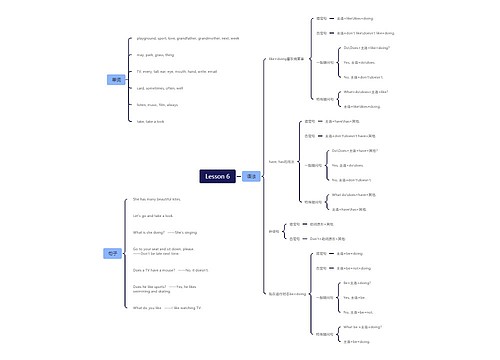
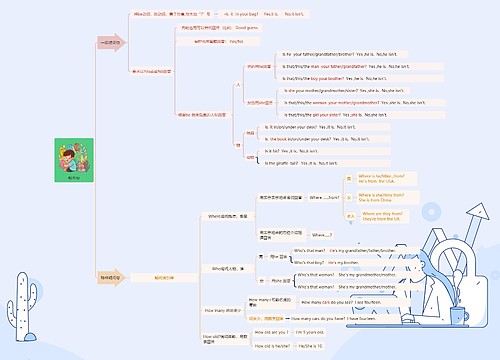


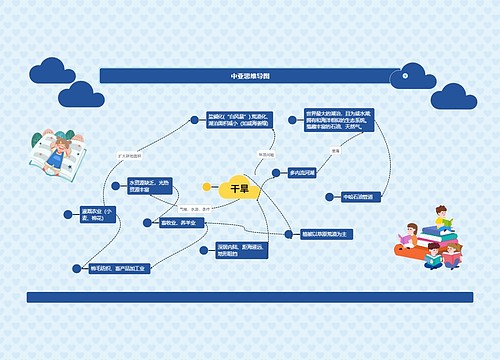
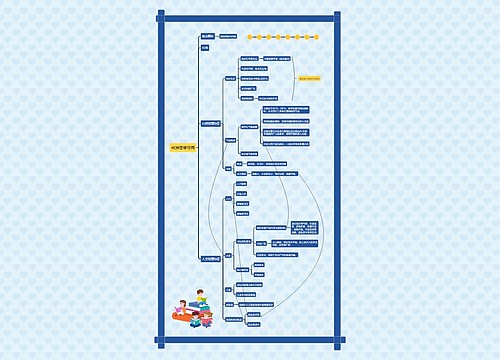
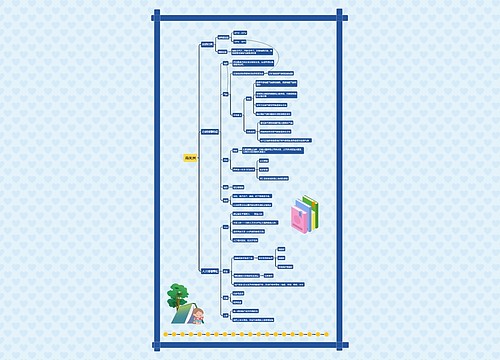
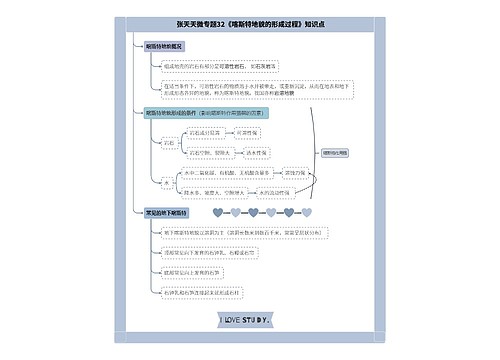
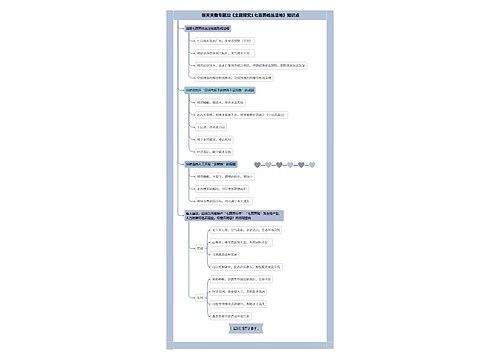
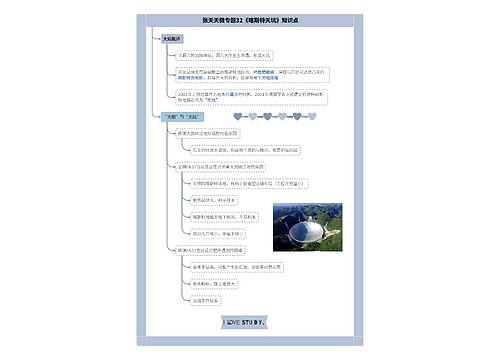
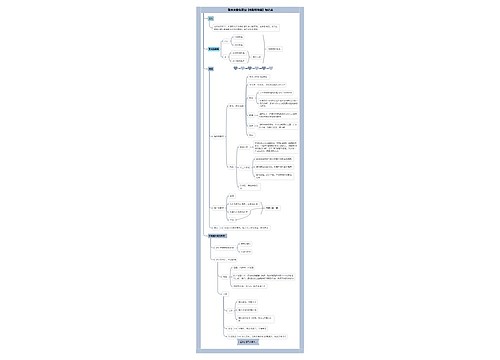
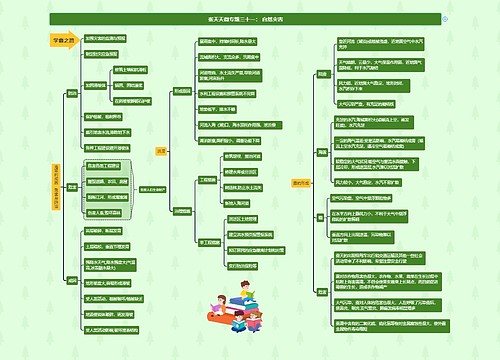
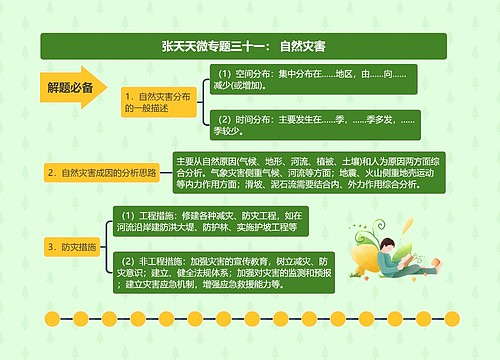
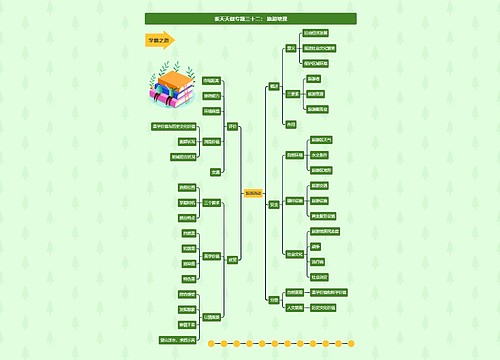
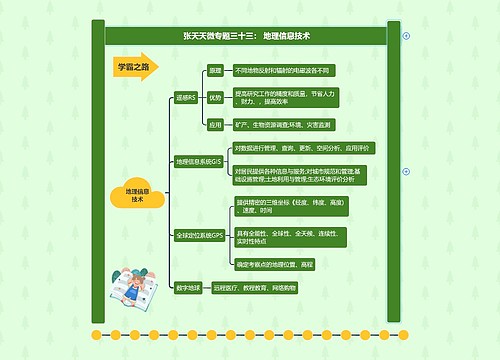
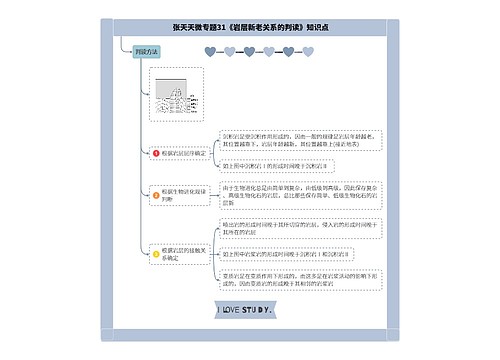
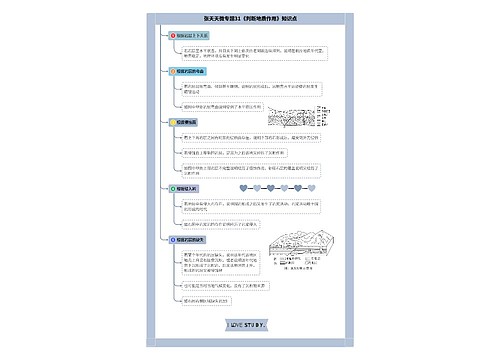
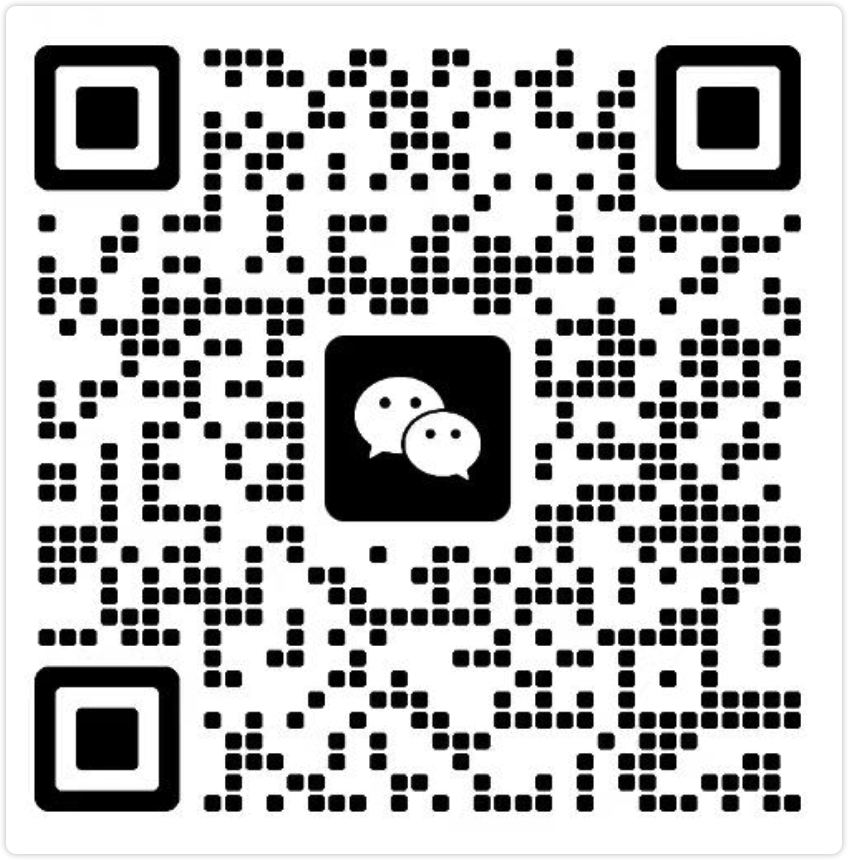

 上海工商
上海工商